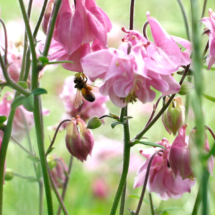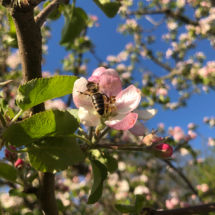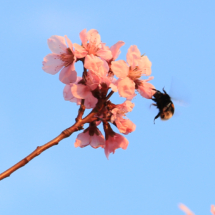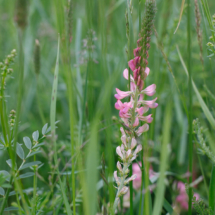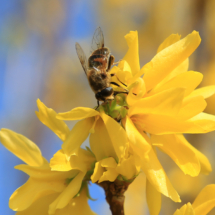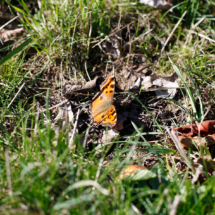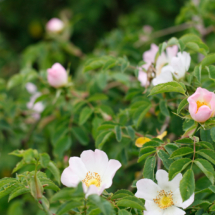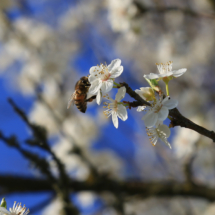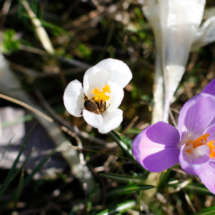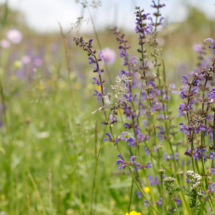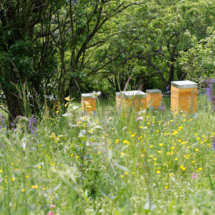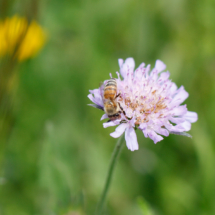
Everything is turning green – Spring does not start at the same time everywhere in Germany. But how fast is spring actually on its way? Can you measure it?
Yes, you can. Spring comes from the south. It first works its way slowly to more northerly climes, covering about 44 kilometers per day. A visible sign of the beginning of spring is the apple blossom. In Karlsruhe, for example, apple blossoms begin on average on April 24. In Schleswig, on the other hand, the apple trees do not begin to blossom until May 17. So residents of the north can look forward to the start of the mild season a little longer. Or perhaps they can take a short trip south to enjoy it more.
Fortunately, spring, and with it the fresh green, is spreading quite quickly in the area. Overcoming differences in altitude, on the other hand, is far from easy for spring. In the mountains of Central Europe, spring needs around three days to overcome 100 meters of altitude.
As part of our commitment to environmental protection and species conservation with the wirliebenbienen (welovebees) project, the focus is on our own bee colony. Their importance as part of a complex ecosystem is particularly close to our hearts. Because bees are not only fascinating creatures, but also essential for the survival of humans and nature.
Here is a short video of our bee pasture:
About 80% of all useful and wild plants are pollinated by honeybees.
Without bees, bio-diversity, global food production and our lives would look pretty bleak.Pollination happens unintentionally, as bees collect pollen and nectar.
The bee colony is dependent on the diversity and succession of flowers right into the fall. However, monocultures and industrially used areas are increasingly displacing the food supply and natural habitats of all insects. This is one of the reasons for the alarming decline in populations.
That’s why our participation in wirliebenbienen not only supports the planting of a large-scale bee pasture with selected foraging plants, but also promotes the preservation and cultivation of natural habitats for bees and other pollinators.
After all, beautifully green and fragrant wild meadows, flowering fruit trees, hedges and shrubs … that pleases not only bees, beetles and butterflies, but us too!
Have fun with a short, visual bath in the green around the orchards and natural gardens of the wirliebenbienen bee stands.

